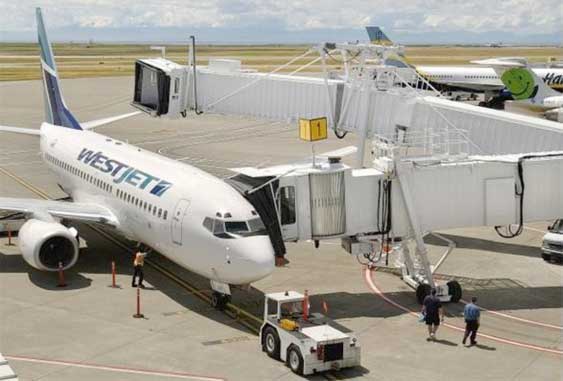On July 1, 2013 the U.S. Department of Transportation’s Federal Motor Carrier Safety Administration’s (FMCSA) new federal regulations designed to reduce truck driver fatigue took effect. The new federal regulations see an 11-hour limit on truckers’ driving day and a 34-hour rest period each week that would require drivers to be off two consecutive nights.
Driver fatigue is a serious problem in North America, with studies showing that 30 percent of fatal commercial truck crashes are fatigue related.
The DOT estimates that the rule will help prevent 1,400 truck crashes, 560 injuries and 19 deaths per year, while affecting only the less than 15 percent of truckers who drive the most hours.
In a profession that has more on-the-job deaths than any other in the U.S., why does the transportation industry still not get it?
Instead of being worried about reducing driver fatigue from our roads, it seems as though the transportation industry is more worried about loss of productivity and a loss of money.
Earlier this month, the American Trucking Association appealed the regulations arguing that longer rest breaks and reworked freight networks may reduce productivity by 3 percent, translating into $18 billion in additional costs. The appeal was quickly dismissed.
But it’s not just the association with this view in mind, in an interview with commercial truck drivers, Ben Kamisar found that in situations where shipping delays create unexpected downtime, this can potentially force them into restarts they’d rather not take so they flip their shifts to avoid that scenario. Because for truck drivers “when the wheels aren’t turning, you aren’t earning”.
The only way to reduce driver fatigue is to use evidence based technology to optimize alertness
The assumptions behind U.S. Department of Transportation’s new regulations are that the longer drivers are behind the wheel the greater their risk of having an accident and by giving drivers more time off they will get more rest. However, with drivers finding it acceptable to switch shifts to meet the demands of shipping, we are still going to be a long way from reducing driver fatigue from our roads.
People can be mentally fatigued and be at a greatly increased accident risk, yet not even feel fatigued. Therefore, drivers will not realize they are fatigued until it is too late. This is why fatigue is such an insidious hazard.
New research published in 2013 by the Australian National Truck Accident Research Centre (ANTARC) studied all 461 truck accidents from 2011 in Australia and concluded that 68% of all fatigue related incidents occurred within 250 km and 85% of the fatigue related incidents occurred within 500 km of the beginning of their journey, not the end. ANTARC’s conclusion was that drivers were not getting the sleep they needed on their off days and came to work fatigued and unfit for duty.
Further, a study by the Federal Aviation Administration (FAA) found that the very nature of 24-hr operational environments superimposed against human circadian physiology all but guarantees the systematic production of fatigue. As such, valid and reliable methods of predicting compromised performance capacity could be valuable as a means of preventing and mitigating fatigue-induced safety risks in applied settings.
Just like the transportation industry can track the amount of hours and miles a driver does, by using our validated fatigue management solutions (Readiband and FAST) the industry could roster drivers to ensure they’re getting enough rest in-between shifts and be able to track the actual sleep of drivers get to ensure they are not getting behind the wheel fatigued.
Scientifically validated fatigue management solutions for the transportation industry
Our scientifically validated technology has provided companies in the transport industry with the data to understand how fatigue may be affecting the safety of their on-the-road employees and helping transportation agencies make decisions based on objective data.
By using Readiband and FAST the transportation industry can:
- Give drivers the opportunity to visualize their real-time effectiveness scores directly on the Readiband
- Collect sleep data from drivers using the Readiband
- Easily visualize and quantify drivers and areas of increased fatigue risk with online reports from the Readiband data
- Create rosters that optimize employee alertness using FAST
- Identify specific rosters that will contribute to high levels of fatigue using FAST
Our technology enabled Australian transport company, Queensland Rail, to reduce fatigue risk by 39%
Queensland Rail used Readiband to assess employee fatigue levels and determine times of increased accident risk in train control centres. As a result of the strategies implemented from the Readiband findings, one train control centre increased employee sleep by a full hour, which translated to a 39% reduction in fatigue risk.

